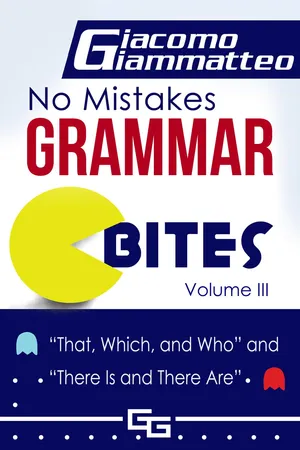Whether used verbally or in written form, it can seem tricky to know when that, which, or who should be used. But if you understand the differences, and the rules that govern them, it’s really not that difficult.
By the way, when you do a Google search for that and who, you’ll get results in the billions. I got more than 5 billion. No matter how you look at it, it means a lot of people are confused about how to properly use these words.
The first rule is simple:
- Who refers only to people.
Examples follow:
- Margaret yelled at Sam, who had eaten the dessert without permission.
- He is the one who dropped his wallet.
That refers primarily to things, although it can also refer to a “class” or “type” of person or to a “team.” Examples follow:
- The Patriots seem to be the team that always wins. (team)
- He is the kind of coach that is hands-on. (type of person)
- He has the kind of gun that I want. (thing)
Note:
Regarding sentence number two, it’s better to say “He is the kind of coach who is hands-on” ; however, using that is acceptable because you’re talking about the “kind” of person, not the person.
When to use which is a little more difficult to grasp. It is used similarly to that but with an additional restriction. It should only be used with nonrestrictive or nonessential clauses.
A nonessential clause is one that contains information not essential to the sentence and which could be removed without affecting the meaning.
- The van that has the wheelchair ramp is mine.
- The van that has the wheelchair ramp, which was expensive, is mine.
As you can see, if you remove the clause that starts with which from the second sentence, it still makes sense.
- The van that has the wheelchair ramp is mine.
A nonessential clause provides additional information for the sentence, but that information is not necessary. In the example above, the additional information told us the van was expensive, but we didn’t need to know that. The key was knowing that the van with the wheelchair ramp belonged to me.
I hope you can also see that the first clause—“that has the wheelchair ramp”—is necessary. Imagine you’re in a parking lot with ten vans lined up in a row, and the person you’re with points to that group and says “That van is mine.”
You would probably shake your head and tell them that knowing you own one of ten vans doesn’t help.
But if they said, “The van that has the wheelchair ramp is mine” it narrows it down, unless there were more than one van with a wheelchair ramp.
Something to note is that while who is used for people, it...

